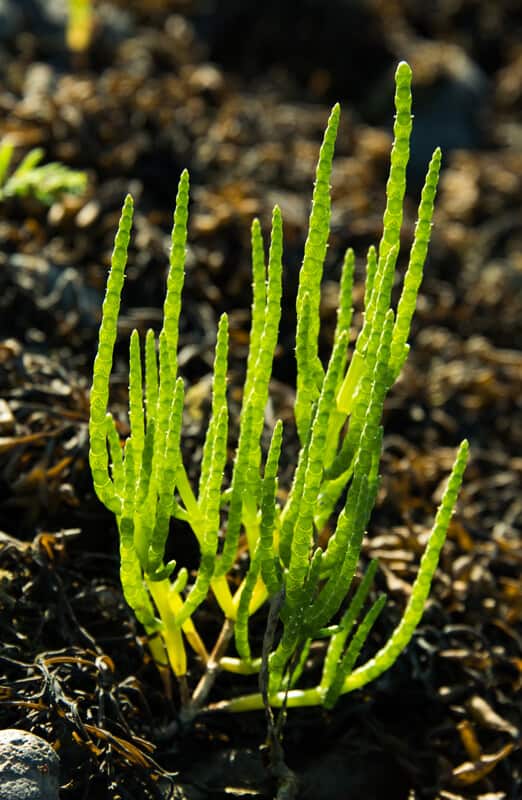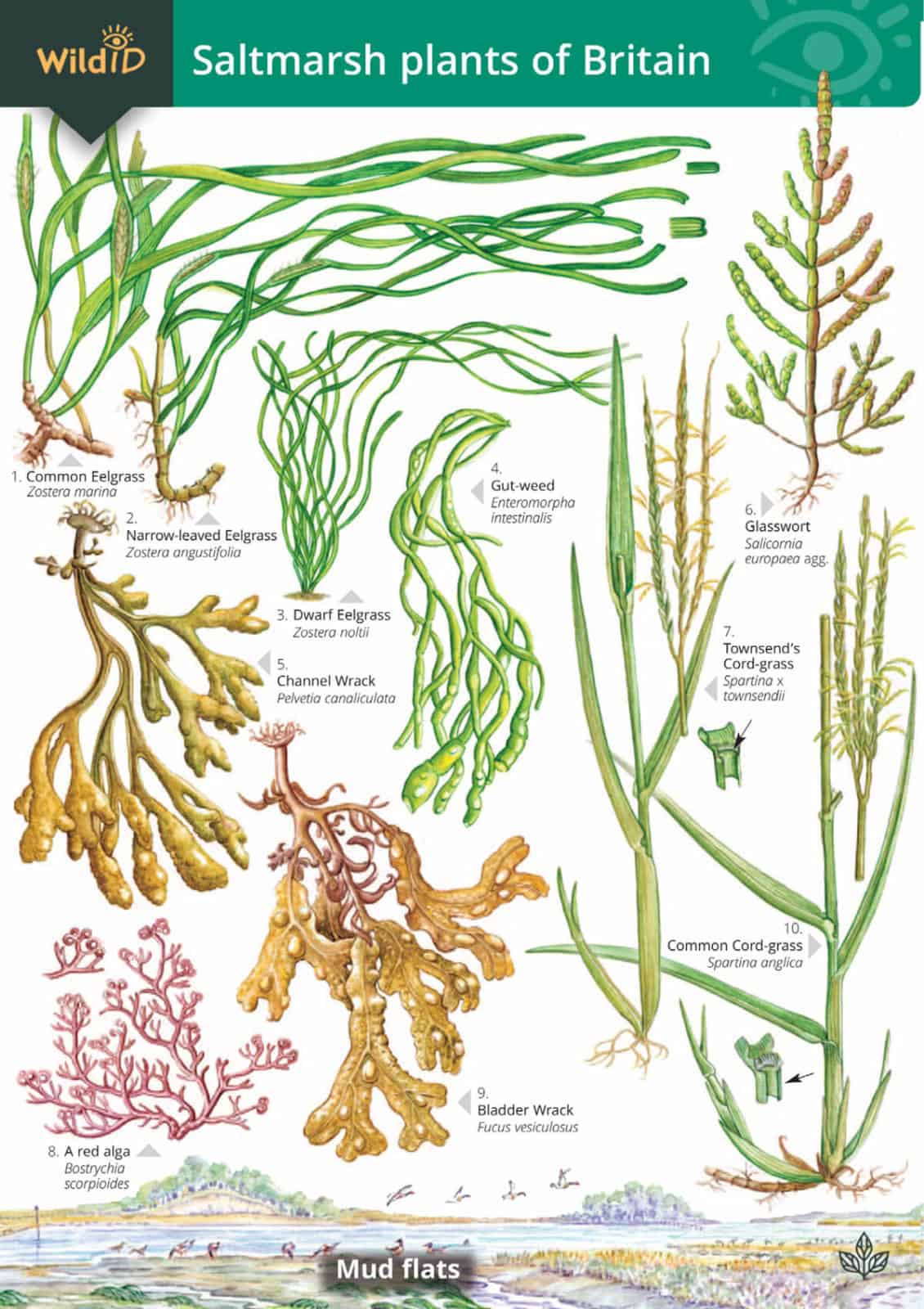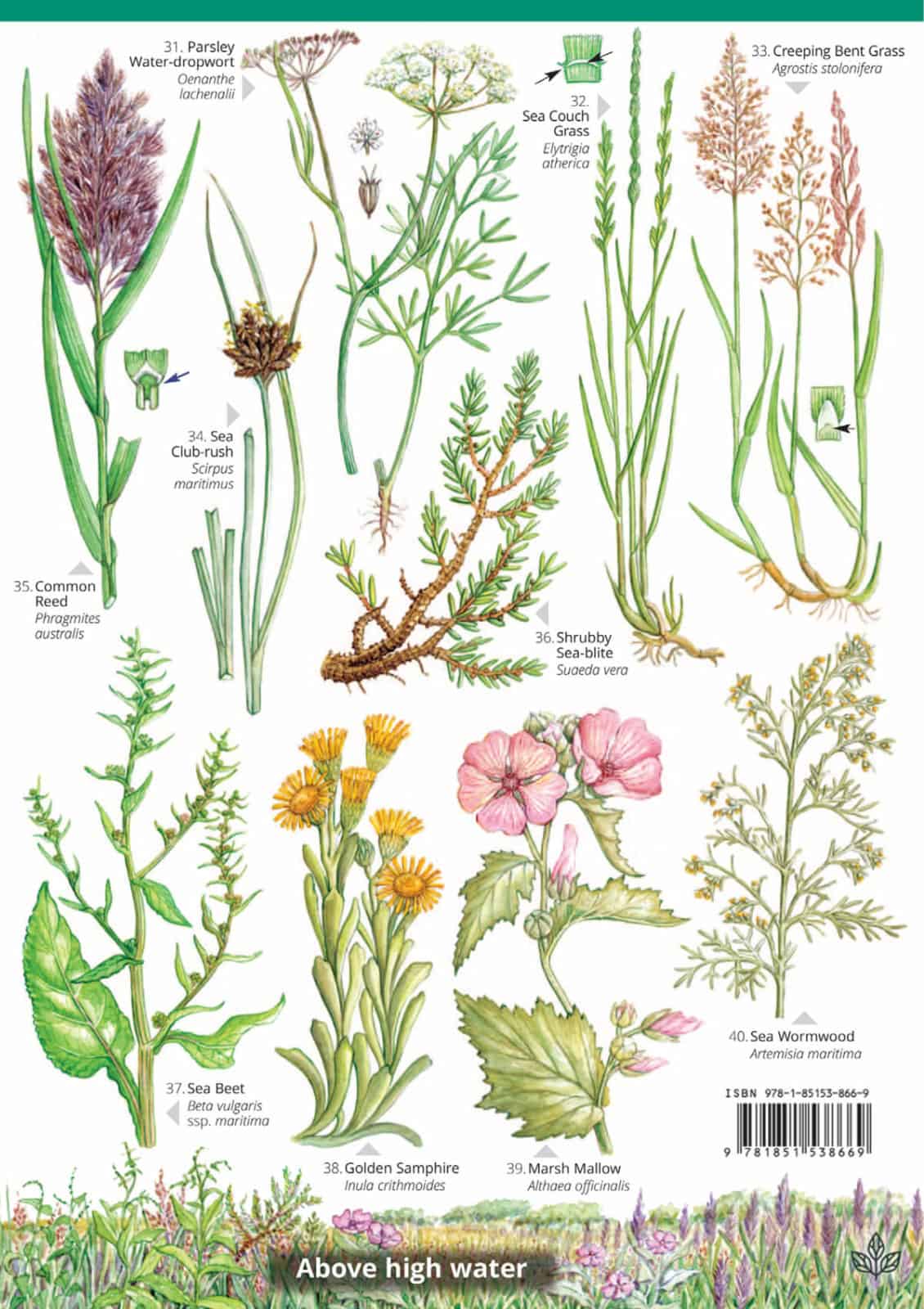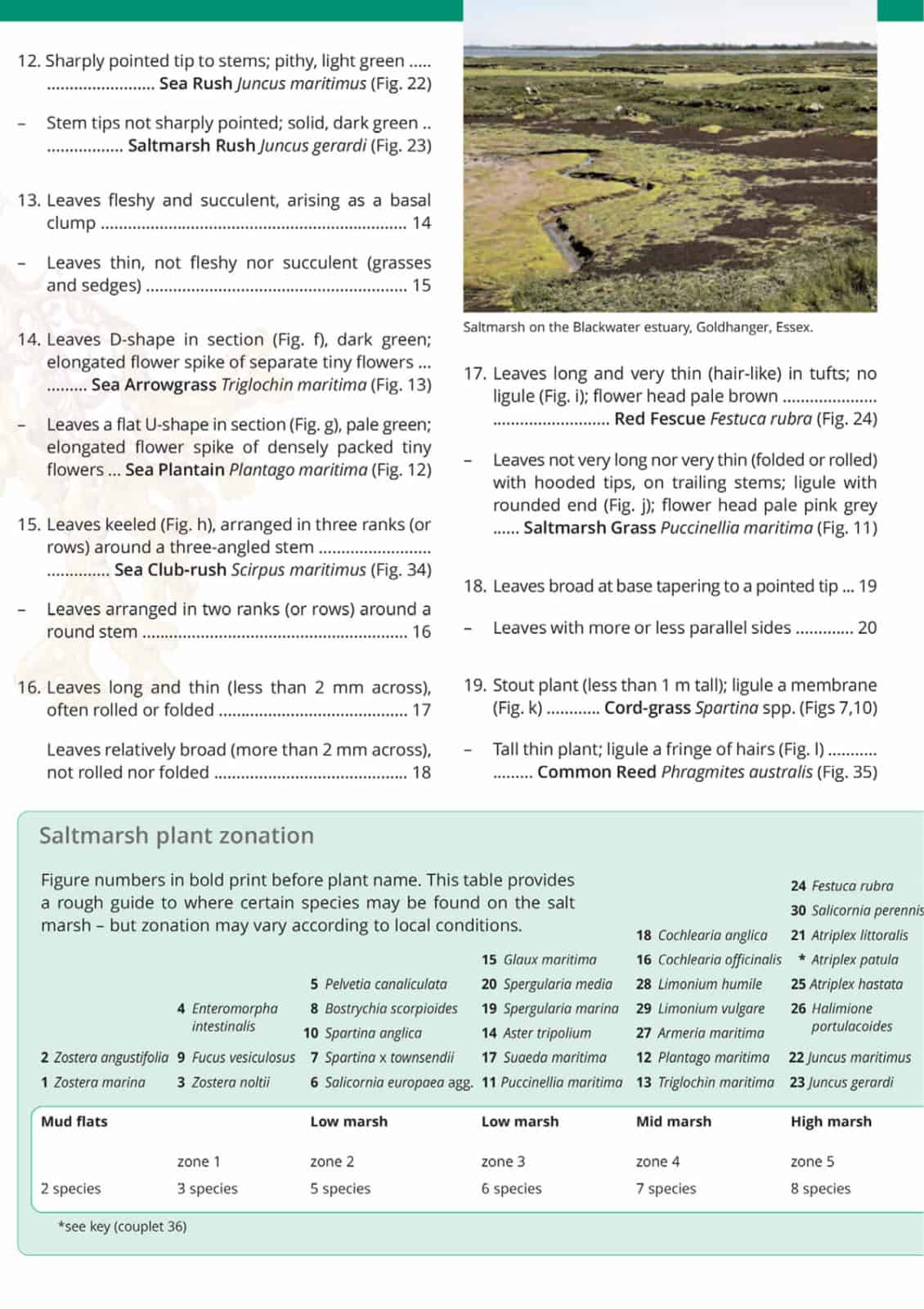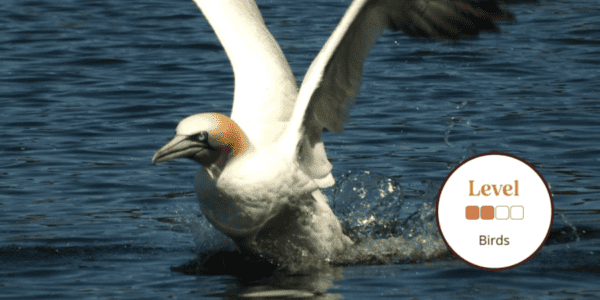Saltmarsh guide
From eelgrass to glasswort, from sea aster to scurvy grass, the FSC Saltmarsh guide features 40 species of saltmarsh plants found on muddy seashores.
The guide features beautiful colour paintings of each species, arranged by height above sea level, including
- Mudflat plants, such as eelgrass, cord grass and glasswort.
- Lower saltmarsh plants, such as sea aster, scurvy grasses and annual sea blite.
- Upper marsh species, such as sea purslane, sea lavender and thrift.
- Commoner plants found above high tide level, such as golden samphire, common reed and sea beet.
Saltmarsh plants are generally at their flowering best from mid to late summer. But what if your fieldwork is in spring or autumn? To help we have included a full vegetative key, based on plant shape and leaf characteristics. With this key you can identify saltmarsh plants even when they are not in flower.
Saltmarshes develop on depositional coasts, bays, and estuaries where tidal movements are gentle and erosion is light. Primary succession happens when bare mud at the seashore is colonised by plants. Over time the mud builds up into a saltmarsh, raising the ground level above the height of the land above sea level. Succession in a saltmarsh is sometimes called a halosere. Although succession takes place over time, different parts of a saltmarsh system represent different stages of succession.
The saltmarsh guide is ideal for students who need a quick but reliable key as part of fieldwork on saltmarsh succession and zonation. The guide is suitable for GCSE and A level fieldwork investigations into a halosere.

